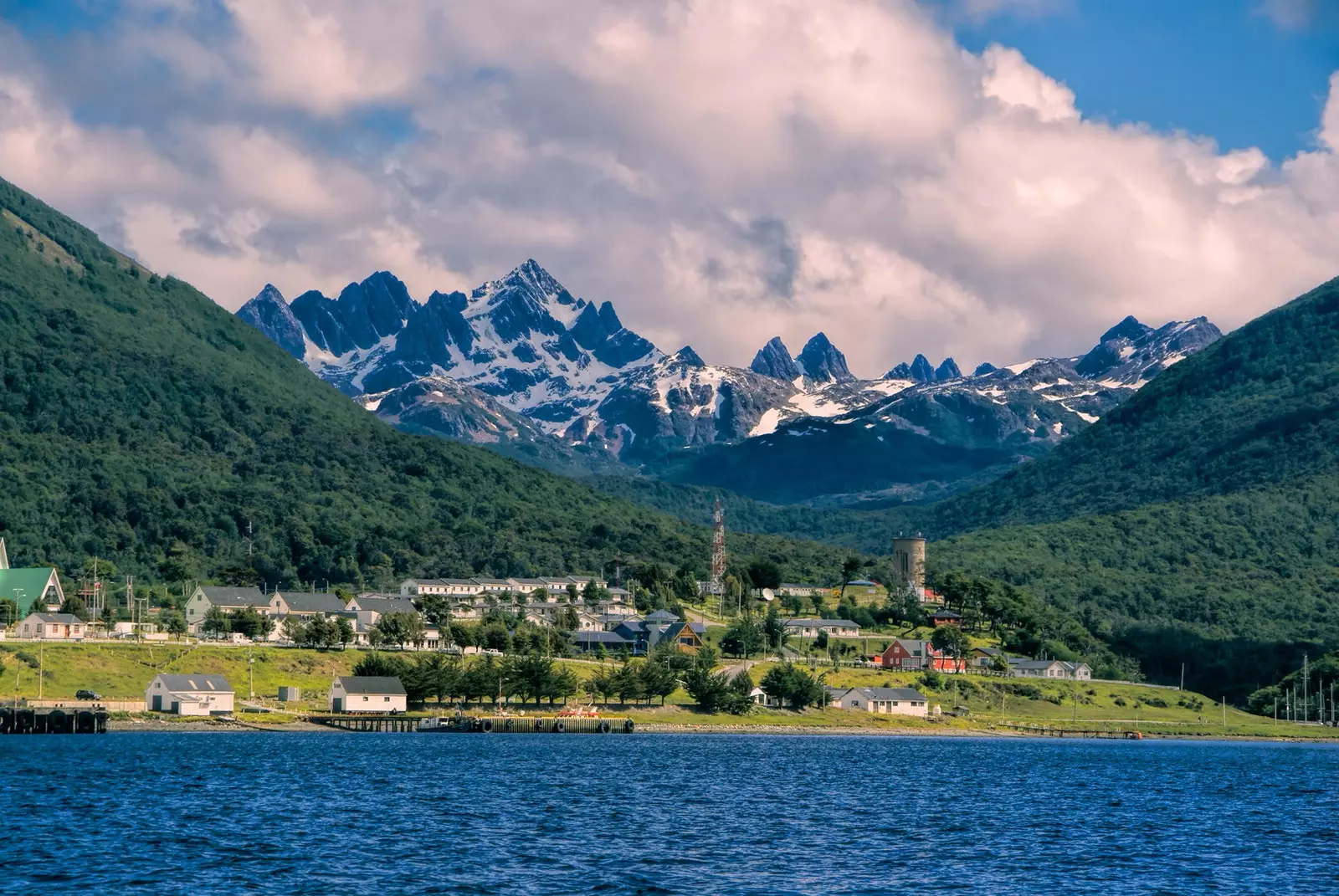
The 'new' end of the world looks like this
A signature can change a map. That is what happened in Patagonia in February 2019, when the **National Institute of Statistics (INE) of Chile** changed the concept of a city within the country and, with it, snatched from the Argentine city of Ushuaia its status as the "southernmost city on the planet".
The matter was simple: the INE decided to modify the requirements for an agglomeration to be considered a city. In this way, all localities with more than 5,000 inhabitants and administrative centers of regions would become cities.
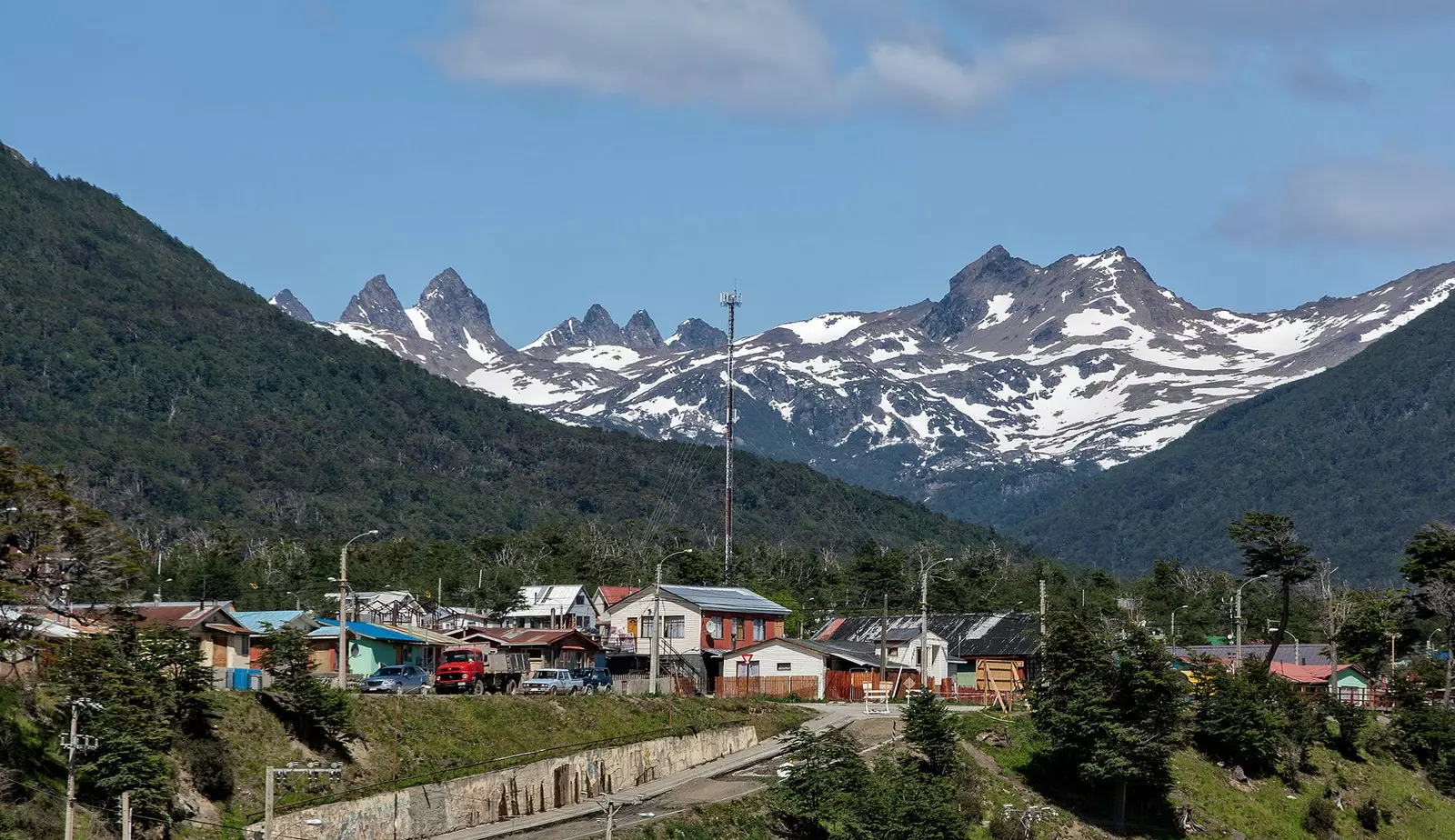
Port Williams
Thanks to this change, the Chilean town of Puerto Williams, 80 kilometers south of Ushuaia and capital of the Chilean Antarctica province, It went to the front page of the world's newspapers. And with her, the unknown and wild Navarino Island, in which it is located, and its ancient culture.
ONE CANAL, TWO NEIGHBORS AND A CONFLICT
When Charles Darwin, barely 22 years old, saw Tierra del Fuego for the first time, he defined it as "a mountainous country, partly submerged, so that they take the place of deep narrow valleys and wide bays; an immense forest that extends from the tops of the mountains to the edge of the waters. […] The whole country is nothing more than an enormous mass of steep rocks, lofty hills, useless forests, enveloped in perpetual mists and tormented by incessant storms."
These words, embodied in the book Journal of a naturalist's trip around the world , describe with relative precision –and the scrutinized gaze of a nineteenth-century European– the landscape that shines on both sides of the Beagle Channel, the long sea passage that separates Isla Grande de Tierra del Fuego from Isla Navarino. Or, what is the same, **Argentina from Chile.**
The Beagle Channel ( Onashaga in the Yagán language, the original people of the area) was renamed after the passage of the HMS Beagle of Captain Robert FitzRoy and Charles Darwin, and It is the dividing line of a dialectical conflict that has confronted Argentines and Chileans to show which is the southernmost city in the world.
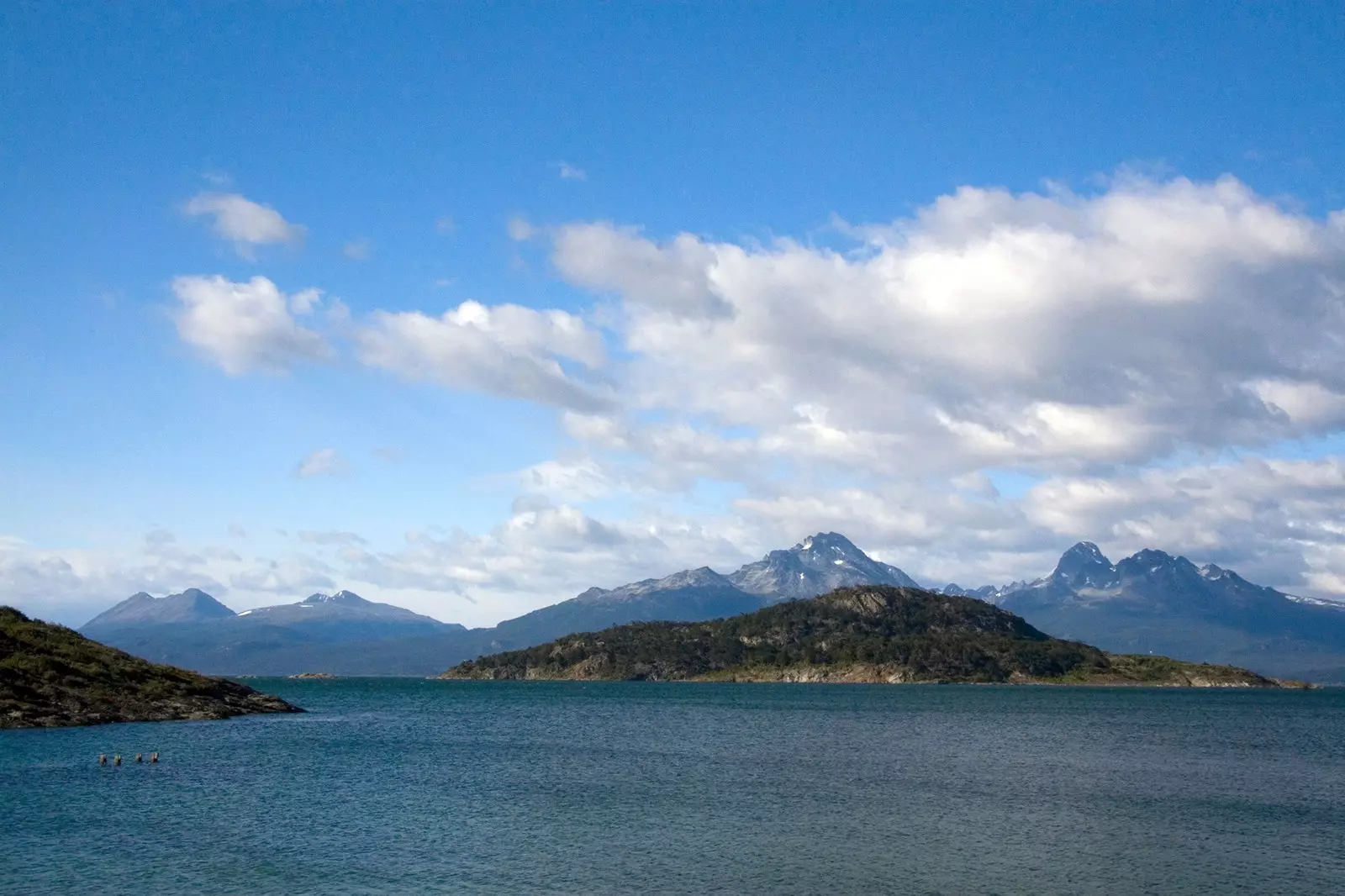
Profile of the 'new' end of the world
Until March 2019, Ushuaia was considered in this way, which had earned him the world fame of 'city of the end of the world', the place desired by hundreds of travelers eager to perform the epic feat of tour America from end to end.
The problem is that America, populated America did not end there. A little further south and visible from the port of Ushuaia was the Chilean island of Navarino, with several populations that remained silent in the shadow of the Argentine town. Until the INE put on the superhero cape and rescued Puerto Williams out of the shadows by rewriting the map of Patagonia.
NAVARINO ISLAND, WHERE THE WORLD REMAINS WILD
Darwin was right (at least partially). The “enormous mass of steep rocks and mist-shrouded forests” –we better ignore the useless part– with which he describes the landscape on both sides of the Beagle is pretty true to reality.
Like huge mountains raised from the water, the southern islands of Tierra del Fuego are imposing in the eyes of any traveler. Above all Navarino Island , the almost virginal neighbor of Isla Grande de Tierra del Fuego.
Crossed on its northern slope by a single gravel road of 74 kilometers, Navarino is one of those planetary examples in which the human being is dominated by nature.
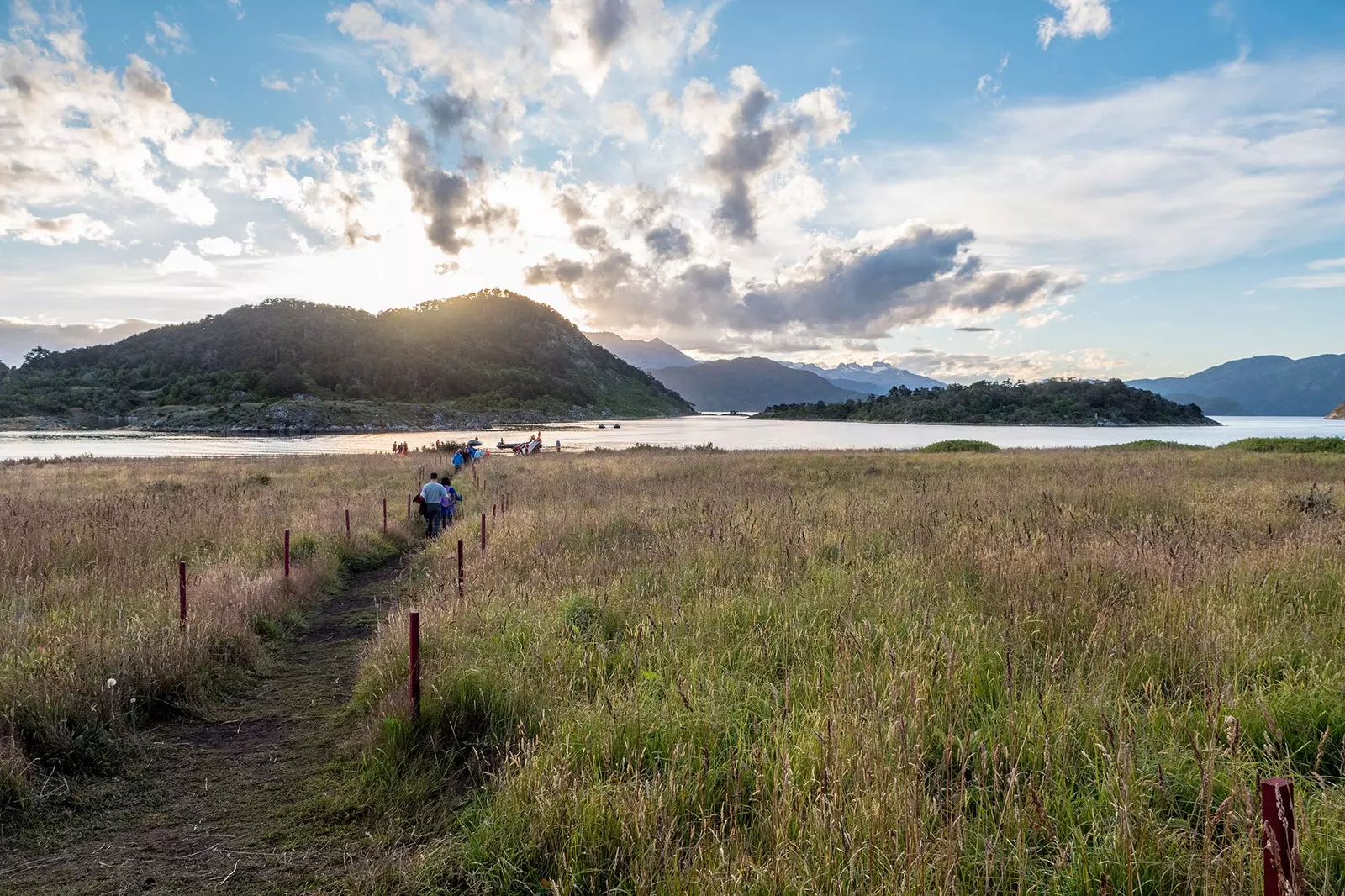
Trekking is one of the reasons to make a pilgrimage to the island
The few settlements on the island (where Puerto Williams stands out, with just over 2,000 inhabitants) are located on the coastal edges, not only for practical reasons (fishing activity) but also for the great difficulty in penetrating the interior of an island covered by dense and tangled forest, swampy ground and several mountain ranges.
Among these chains, one stands out, the Teeth of Navarino, a mountain range with a name very true to reality that produces a strange mixture of amazement and awe from afar. Los Dientes are precisely the reason why the few travelers who cross the Beagle come to the island: it is about the southernmost official trekking route on the planet.
With a layout that is very far from the well-conditioned track of Torres del Paine -the most famous and crowded trekking route in Chile, with which it is beginning to be compared-, The Dientes de Navarino route is a demanding trek that requires good physical condition and knowledge of the mountains.
Although in reality, the mere fact of living in Navarino already requires certain physical conditions and knowledge of the environment.
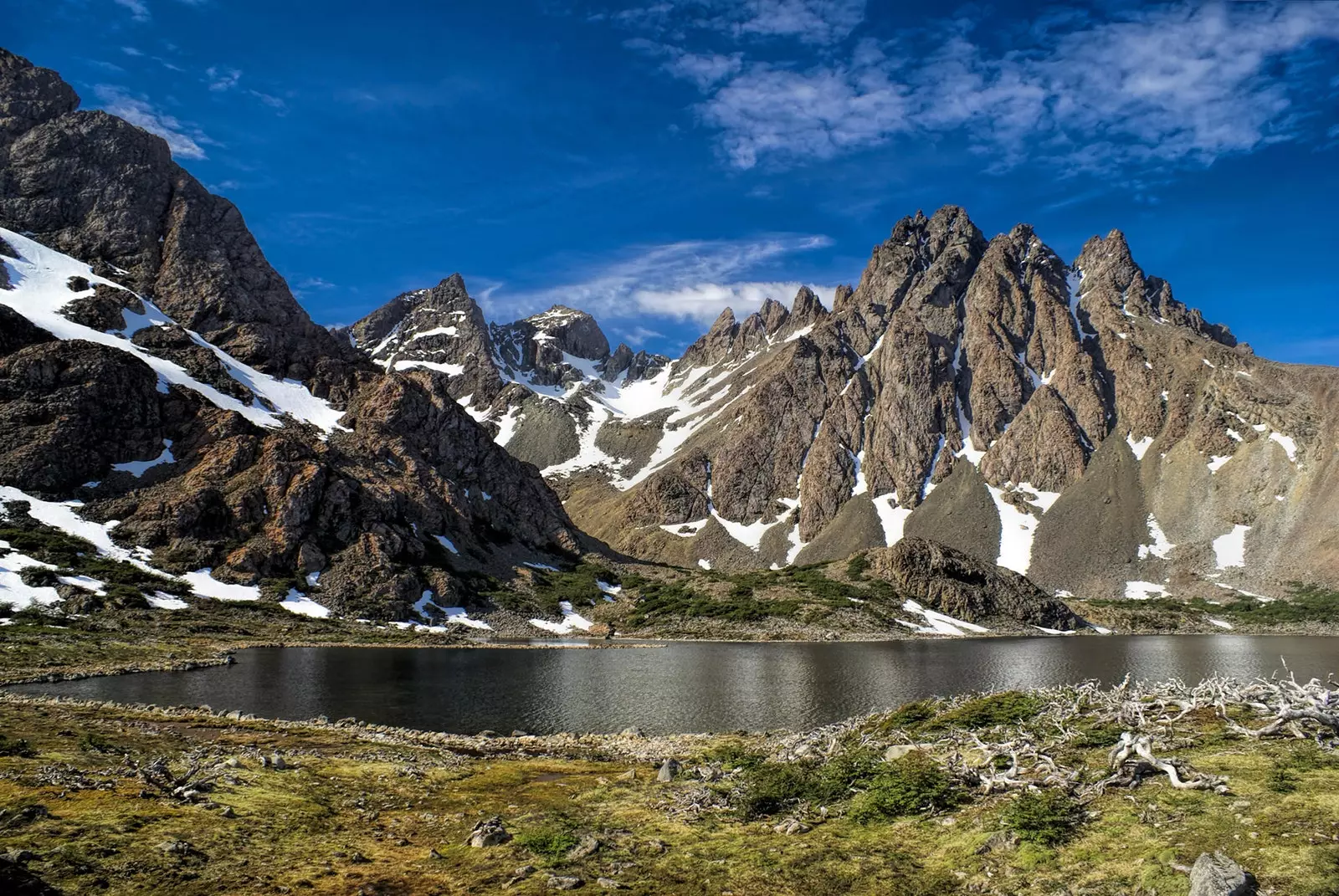
Its mountain ranges attract countless hikers
YAGANES, THE ORIGINAL INHABITANTS OF NAVARINO AND THAT DARWIN RIDICULED
Several kilometers from Los Dientes –on the few margins allowed by the forest and the rock– stand the settlements of Isla Navarino. These places, made up of comfortable houses of wood and sheet metal, They live in constant struggle against Patagonian wind, low temperatures and storms.
Exactly the same conditions in which the Yagán people developed, the original human community of the area that was described by the young Darwin in the following way: "One day when we went ashore to the island of Volaston we found a canoe with six fueguens. Truly, I had never seen more abject and wretched creatures. […] These wild bastards their bodies are squat, their faces deformed, covered in white paint, their skin dirty and greasy, their hair matted, their voices discordant and their gestures violent. When you see them it is hard to believe that they are human beings, inhabitants of the same world as us. We often wonder what joys life can bring to certain lower animals; how much more reason could we wonder about these savages!"
Ignorance, arrogance or ideas resulting from a colonizing European culture. Any of these three reasons (or all three at the same time) could be the reason for these words. Judging them out of context nearly 200 years after they were written doesn't make much sense, but one thing is for sure: Darwin was wrong from end to end.
The Yagán people, in times of the English naturalist, It was a canoeing community, which lived in a nomadic way in the small spaces left by the coast. With the naked body –sometimes impregnated with seal fat (dirty and greasy skin, matted hair) to protect against the cold and waterproof; others, partially covered with the skins of these animals–, their activity was based on navigation through the canals, fishing and eating food from the sea and sporadic exchange with other native tribes , like the Selk'nam of Isla Grande de Tierra del Fuego.
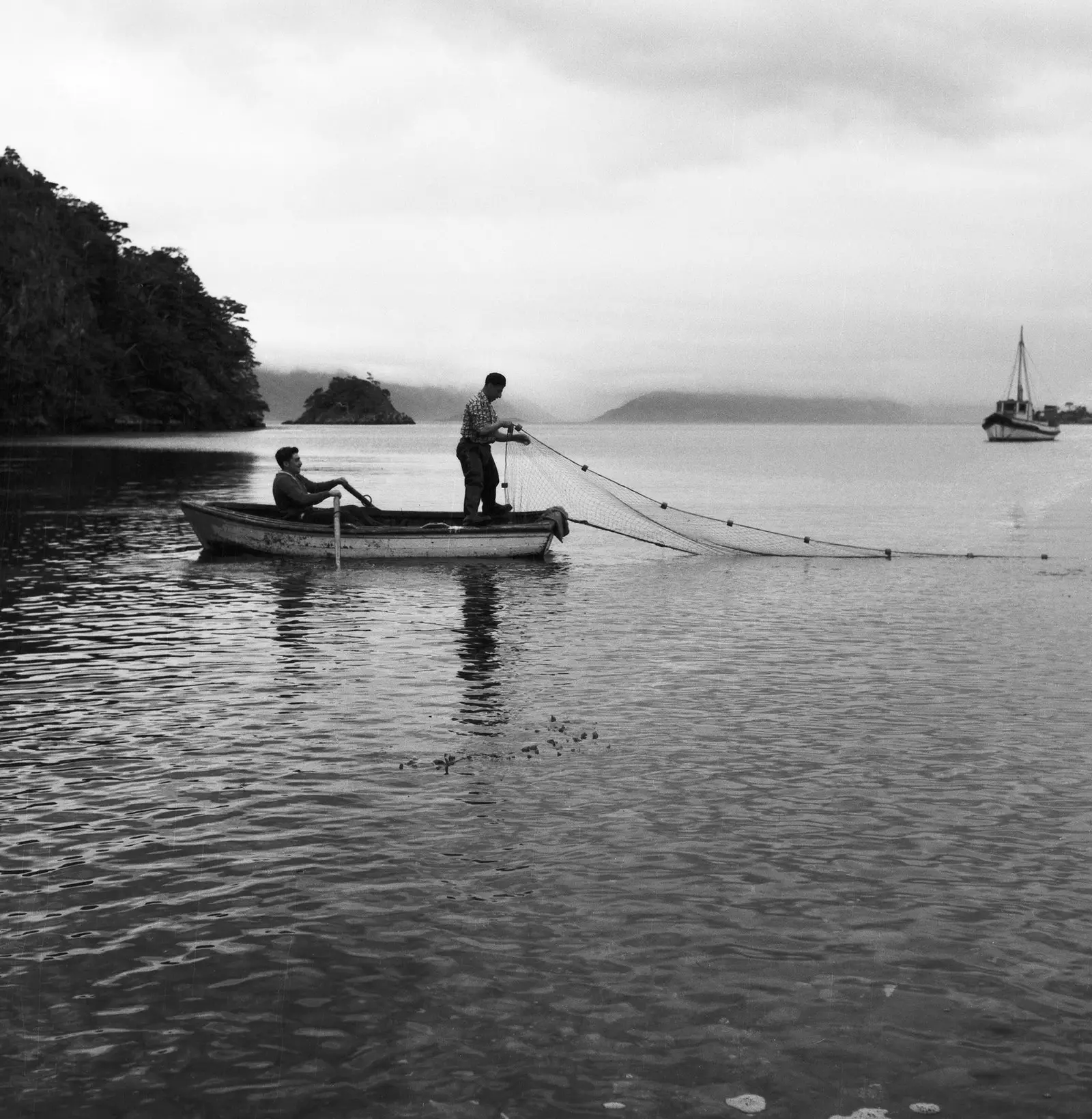
Fishermen on the coast of the island of Navarino in the 1960s
Possessors of their own language and cosmogony, The Yahgans came into direct contact with Europeans at the beginning of the 19th century, which arrived in the area with the mission of expanding colonial territories and civilizing the unfortunate savages that Darwin had described.
That was the moment in which the Yahgans were forced to make a sudden trip back in time, coming into contact with objects, traditions and beliefs very different from theirs. His nomadic and canoeing condition, as well as his thoughts and creeds, were mixing and being replaced by those of the colonizers and their descendants, the inhabitants of the new Argentine and Chilean states (whose thought did not move away, until not many decades ago, from what Darwin had formulated in his book).
Slowly, the yaganes were decreasing in number (for diseases carried by settlers or derived from alcohol consumption, also brought by Europeans), were displaced from their territories (due to the creation of ranches belonging to a few landowners) and They were losing part of their cultural identity.
Today the Yahgans still exist in much smaller numbers than in past centuries, with a main community located in Villa Ukika, outside of Puerto Williams, and another in Ushuaia, where one of its members, the writer and craftsman Victor Filgueira, He tries to make the voices of his people resonate as a guide in the End of the World museum in the Argentine town. Filgueira, in an interview for Traveler, expresses it clearly: "it is an honor to possess yagán blood".
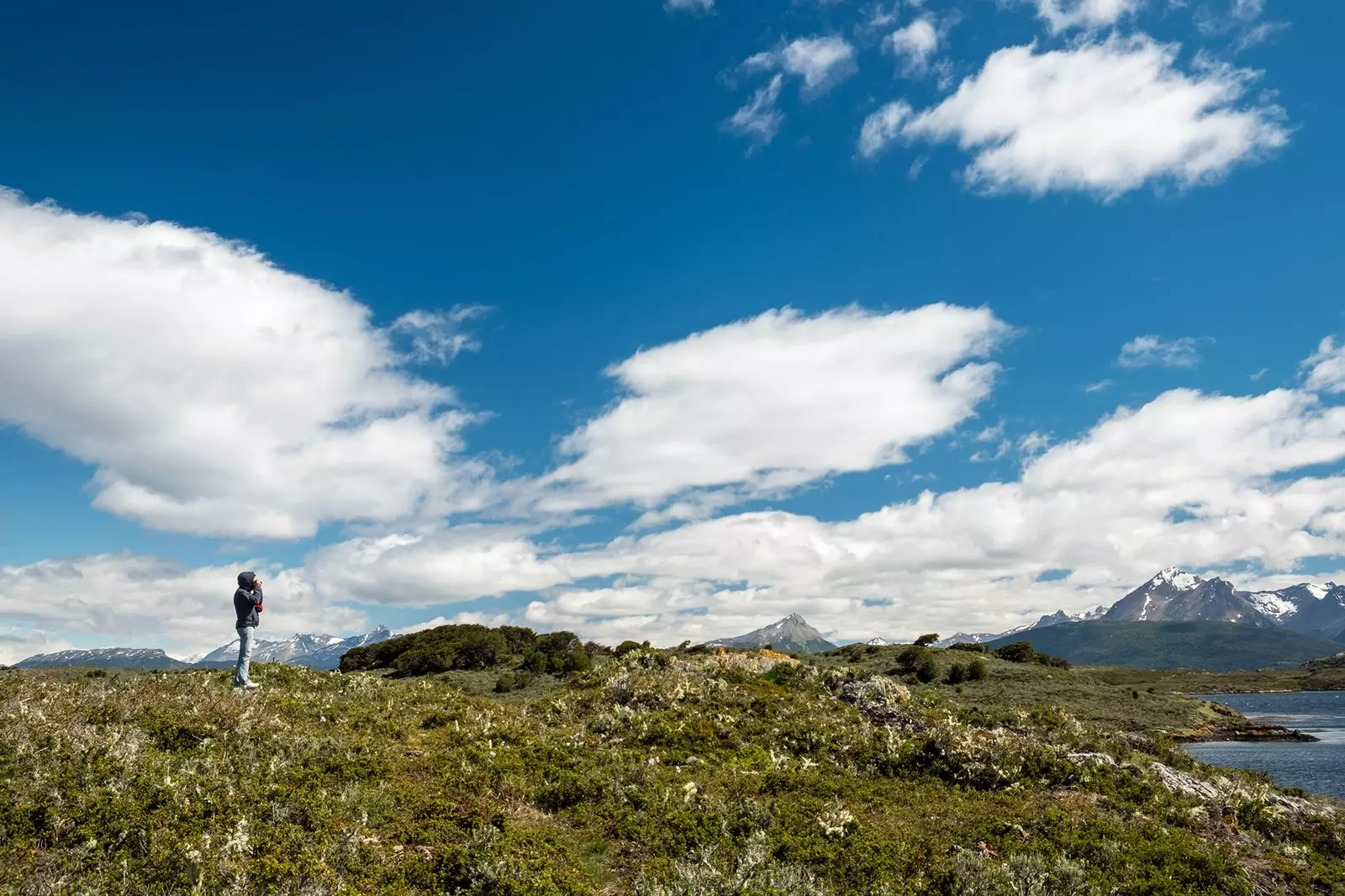
What is south of south?
After many decades of cultural invasion, the Yahgans "We have lost characteristics that defined our ancestors, such as their resistance to low temperatures, the nomadic lifestyle and canoe navigation –limited by the Chilean maritime laws themselves–; but others still remain, such as respect and connection with the sea, crafts, and language".
The Yagan language. The same one that, once, hundreds of years ago, named many place names in the area , such as the already mentioned Beagle Channel (onashaga, channel of the onas) or the city of Ushuaia itself (deep bay) . Several people in the area today speak the Yagan language, although only one is considered to be fully fluent: the old Cristina Calderón, erroneously declared as “the last Yagán on the planet”.
This thought of extinction encompasses other native peoples of southern Chile and Argentina (Selk'nam, Kawéskar...) and is based on a questionable blood purity argument (being the son of an indigenous father and mother) . Said argument is something that the descendants of these human groups, inhabitants of cities like Puerto Williams, Ushuaia, Río Grande or Tolhuin, They have been trying to modify the collective thinking of Argentina and Chile for years.
"People feel the urgent need to correct what we were wrong about, the Yagán people are still alive and maintaining their customs. The reality speaks for itself. Today, in the 21st century, it is a Yagán who tells his story", writes Filgueira in his book My Yagan blood.
The sea, the land, the Patagonian wind, the storms, the dense forests covered with fog, the humans that inhabit it, native and non-native. All that is the region of Navarino Island, the closest populated point to the mythical Cape Horn and the place where, since March 2019, the southernmost city on the planet is located. Although that, in reality, is nothing more than an unimportant fact.
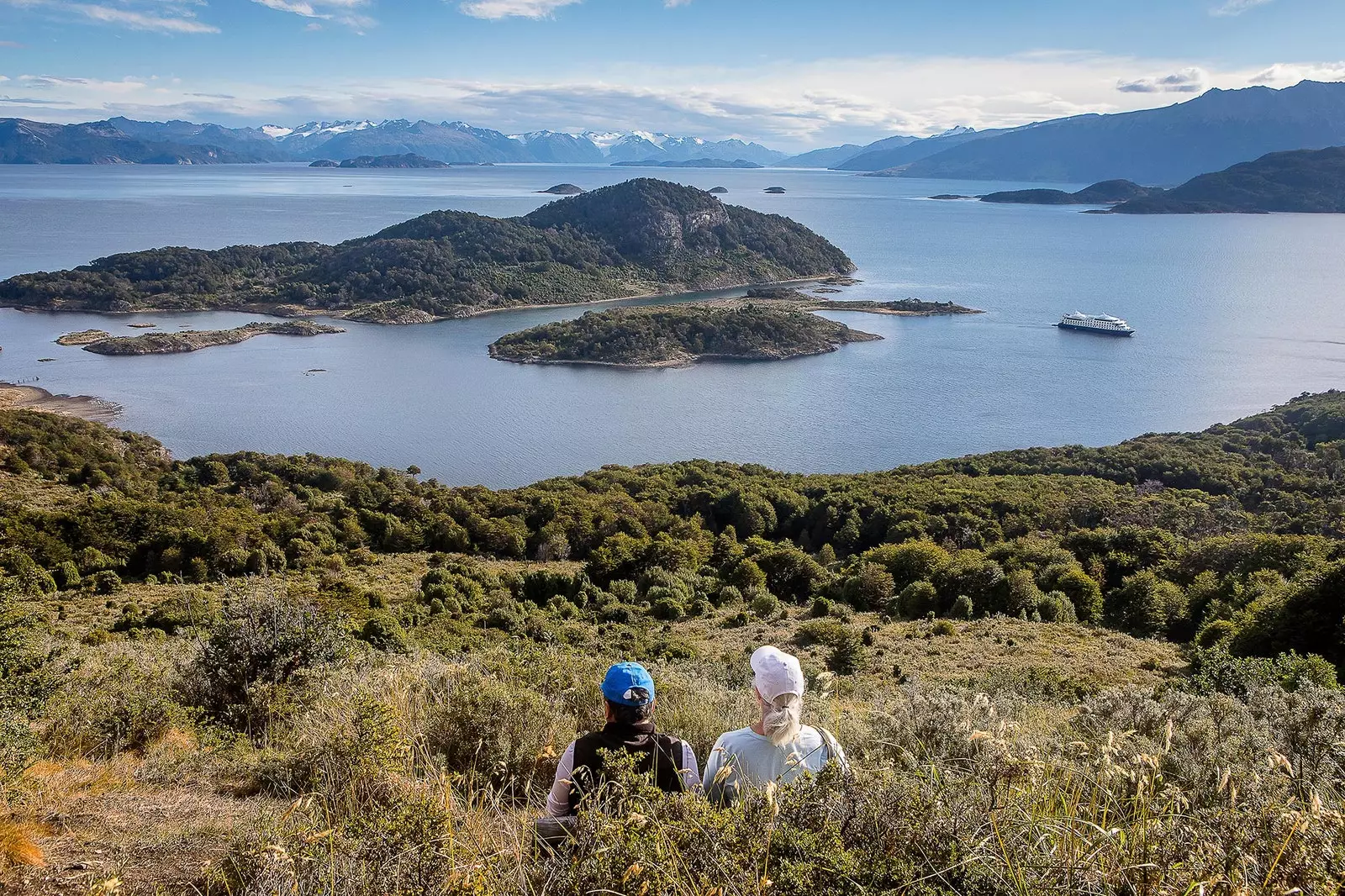
contemplate the end of the world
